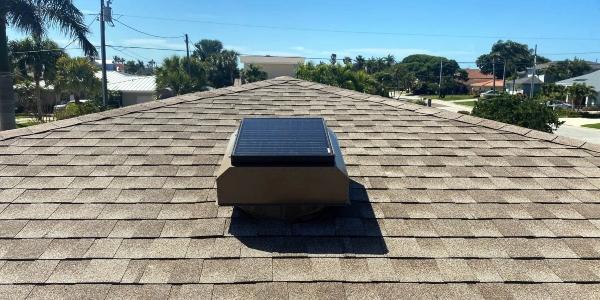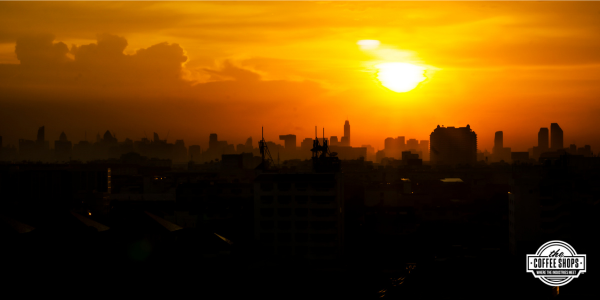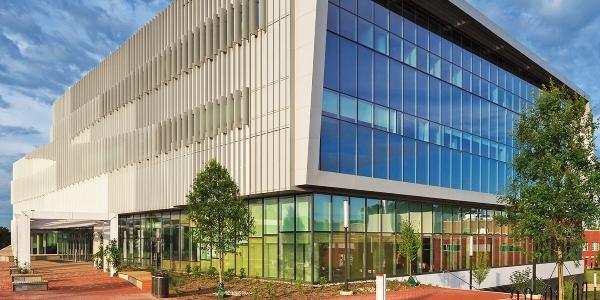The Building Blocks for Sustainable Thinking

By Dani Sheehan.
At IB Roof Systems, sustainability is about recycling products at the end of their life cycles, and so much more.
Sustainability has become such a buzz word in today’s world, but many people still don’t fully understand what it means or how they can contribute. In season five, episode 49 of Roofing Road Trips, Heidi J. Ellsworth sits down with Shawn Stanley, sustainability director for IB Roof Systems, to clear up the confusion, share their excitement for post-consumer recycling and highlight how contractors can profit by going green.
Shawn recounts a story about a seminar he attended in which he asked the presenter what his view of sustainability in roofing was. The presenter answered, “any roofing material that will last long or longer than two decades.” According to this definition of sustainability, his view was “something that is going to last a long time. You wouldn’t have to get new raw materials and remanufacture and ship and install. You wouldn’t have to do that because it’s there for a long period of time.” While this is not necessarily a wrong definition, it is limited, and what Shawn and IB Roof Systems are looking at is the entire circular economy – finding ways from production to the end of the life cycle to reuse, recycle, repurpose or upcycle.
PVC has its own misconception as not being a long-lasting roofing material and is much more sustainable than most people realize. While there are several ways to recycle or repurpose it at the end of its life cycle, PVC is a more sustainable plastic overall because it is made up of half natural gas and half salt, so it doesn’t require as many natural resources to produce as other plastics. When it finally does reach the landfill, Oregon State University has found a way to avoid it sitting for 50 years before decomposing.
“They use hydrogen as a catalyst and they break everything down basically into the different building blocks...They take the chlorine and they recombine a sodium, turn it back into salt. And what we're left with is this high-quality wax that is needed for adhesives in packaging, glue guns... So as far as a circular economy, it's pretty much that holy grail.” The extra hydrogen can be used for heat or electricity and the carbon becomes inert, so it won’t be released into the environment. And low temperatures are enough to begin the process, keeping the energy input relatively low.
For contractors to see these benefits of going green, it really starts with the bidding process. Walking into any project, it’s about saying “this is our bid. If we want to recycle it at the end of life or at the end of the warranty, then this is going to be the cost, and we can add that right into the bid. And so at the end of life or the end of the warranty, it’s already figured in and it can be done without any more out of pocket.”
Listen to the full podcast or read the transcript to learn more about post-consumer recycling and the environmental advantages of PVC membranes.
Learn more about IB Roof Systems in their Coffee Shop Directory or visit www.ibroof.com.
About Dani
Dani is a writer for The Coffee Shops and AskARoofer™. When she's not writing or researching, she's teaching yoga classes or exploring new hiking trails.





















Comments
Leave a Reply
Have an account? Login to leave a comment!
Sign In